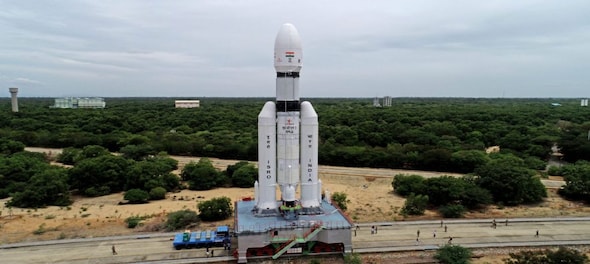
ISRO's success with the Chandrayaan 3 mission and the launch of India's first solar observation mission, Aditya L1, in the past year sets the stage for another adventurous year ahead. As the organisation embarks on a series of space exploration missions in 2024, India's understanding of outer space is poised to reach new heights, fueled by innovation, collaboration, and a commitment to pushing the boundaries of space capabilities.
PSLV-C58 with XPoSat
India kicks off 2024 with a spectacular launch on January 1, as the Polar Satellite Launch Vehicle (PSLV-C58) carries XPoSat, the country's first X-Ray Polarimeter Satellite. This scientific mission, lifting off at 9:10 am, is set to investigate the polarisation of intense X-ray sources, placing India at the forefront of space-based polarimetry. XPoSat will study 50 of the brightest known sources in the universe, unraveling the secrets of pulsars, black hole X-ray binaries, and more.
NISAR
Scheduled for launch in January 2024, the NASA-ISRO Synthetic Aperture Radar (NISAR) represents a groundbreaking collaboration between NASA and ISRO. This dual-frequency synthetic aperture radar satellite will revolutionise remote sensing, mapping the globe every 12 days. The data it gathers will offer invaluable insights into Earth's ecosystems, ice mass, vegetation biomass, sea level rise, groundwater, and natural hazards, including earthquakes, tsunamis, volcanoes, and landslides.
INSAT-3DS
Set for a prospective launch in January 2024, the INSAT-3DS is a crucial communication satellite within the Indian National Satellite System (INSAT) series. Its primary mission is to monitor weather systems, facilitate disaster management, and improve meteorological forecasts. Carried out by GSLV-MK-II, this satellite is poised to enhance India's capabilities in weather monitoring and emergency response.
Gaganyaan 1
In a collaborative effort between ISRO and Hindustan Aeronautics Ltd (HAL), the Gaganyaan 1 mission is set to launch in January or February 2024. This test flight, accommodating three crew members, marks a pivotal step toward India's Human Spaceflight Programme. The mission aims to prepare for future manned space exploration, positioning India as a key player in human spaceflight endeavors.
Mangalyaan-2 (MOM 2)
Mangalyaan-2, or Mars Orbiter Mission 2 (MOM 2), is ISRO's ambitious sequel to its successful Mars mission. This mission, aimed at studying the surface, atmosphere, and climatic conditions of Mars, will equip the orbiter spacecraft with advanced scientific instruments, including a hyperspectral camera, magnetometer, and radar. MOM 2 is a testament to India's expanding prowess in planetary exploration.
X-ray Polarimeter Satellite
Launching in 2024, the X-ray Polarimeter Satellite is designed to investigate the polarisation of cosmic X-rays. Operational for a minimum of five years, it will observe pulsars, black hole X-ray binaries, active galactic nuclei, and non-thermal supernova remnants. This mission will provide crucial insights into the physics of celestial objects, contributing to a deeper understanding of the universe.
Shukrayaan-1
Under the Venus Orbiter Mission, ISRO plans to launch Shukrayaan-1, a spacecraft destined to orbit Venus for five years. This ambitious mission, scheduled for December 2024 or 2025, aims to study the atmosphere of Venus, marking India's first foray into exploring the mysteries of the second planet from the Sun.
As of November 2023, 523 startups and companies have engaged with IN-SPACe, ISRO's commercial arm, with 297 seeking support for R&D and testing. The surge in private participation follows the government's decision to open up the space sector, ushering in a new era of innovation and collaboration. This collaboration between public and private entities is propelling India's space exploration capabilities to new heights.
Check out our in-depth Market Coverage, Business News & get real-time Stock Market Updates on CNBC-TV18. Also, Watch our channels CNBC-TV18, CNBC Awaaz and CNBC Bajar Live on-the-go!


Andhra Pradesh: BJP's Anakapalli candidate Ramesh declares nearly ₹500 crore worth assets
Apr 30, 2024 2:18 PM
JD(S) MP Prajwal Revanna suspended over sexual abuse allegations
Apr 30, 2024 1:24 PM
Gujarat Lok Sabha elections: From Home Minister Amit Shah to CR Patil, a look at key candidates
Apr 30, 2024 12:10 PM
Lok Sabha Polls Phase 3: Out of 57 candidates in West Bengal, 13 are crorepatis
Apr 30, 2024 11:38 AM

